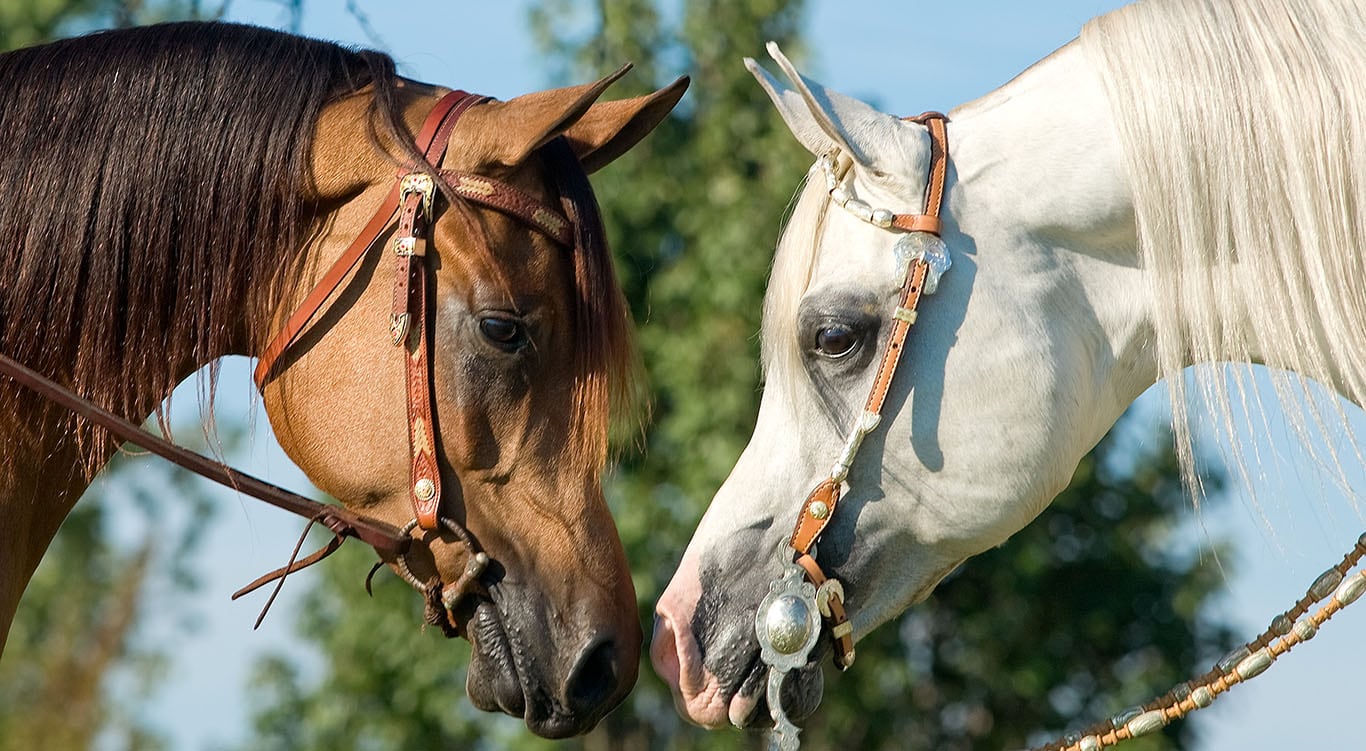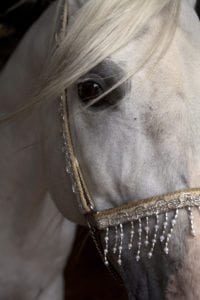
Written by Lisa Moden, courtesy of REALTORS® Land Institute
Driving down a Texas highway north of the Dallas/Fort Worth metroplex, you see one horse ranch after another. Visitors think, “I wonder why all these horse ranches are here?” The equine enthusiast thinks, “Man I wish I could live here!” The equine industry has exploded in the North Texas corridor traveling north on Highway 377 leading out of the DFW Metroplex from Aubrey to Whitesboro. It is a constant draw for all aspects of the equine industry. There are days the trucks and trailers outnumber the cars, from the normal bustle of horsemen and horsewomen hauling their horses to a trainer, a vet, another farm, to a lesson, delivering a sale horse, buying a horse, riding with a friend, going trail riding, moving mares to another farm, competitions and even the traditional life of just going to check and gather cattle.
North Texas and southern Oklahoma have become popular loations for the equine industry. For years Aubrey and Pilot Point Texas were considered one of the most highly esteemed equine areas in the United States. At that time the growth of horse ranches was moving north up the Highway 377 corridor. Now the entire corridor from Aubrey to Whitesboro is populated with horse ranches. This attraction has been going on for some time. “What is it that attracts the horsemen?” you ask. The three main draws of the area for the equine community are sandy loam soil, climate and proximity.
Sandy Loam soil is a must if you are a horseman moving to Texas. If a person isn’t knowledgeable about soil they can be fooled by location. The Sandy Loam Corridor is only thirty miles wide and runs from the Red River in Cooke and Grayson Counties, south 200 miles. The eastern boundary of the sandy loam soil is just a few miles east of Highway 377 and can turn to black land very quickly. The black land is good for farming but most horsemen don’t care for it and will insist on the sandy loam. The sandy loam has such great density and base that after heavy rains the soil will dry quickly. The density and base of the sandy loam soil is what makes it so incredible for footing in a riding arena and also a great composition for growing Coastal Bermuda grass. Coastal Bermuda grows best in sandy loam as it is drought tolerant and can handle heavy grazing and close defoliation. It is also the most economical forage to feed as it is readily available and the next step up in protein value is alfalfa which nearly triples in price.
Climate is another reason so many equine enthusiasts have moved to Texas. They come from all over the United States, possibly where winters are harsh and harder to keep horses trained and ready for competition. Winter in North Texas is inviting with average high temperatures in the fifties and average low temperatures in the thirties. However, there is that occasional snowfall or ice storm that will bring us to a standstill; but, never fear, the sun generally comes out and temperatures rise again in a timely manner.
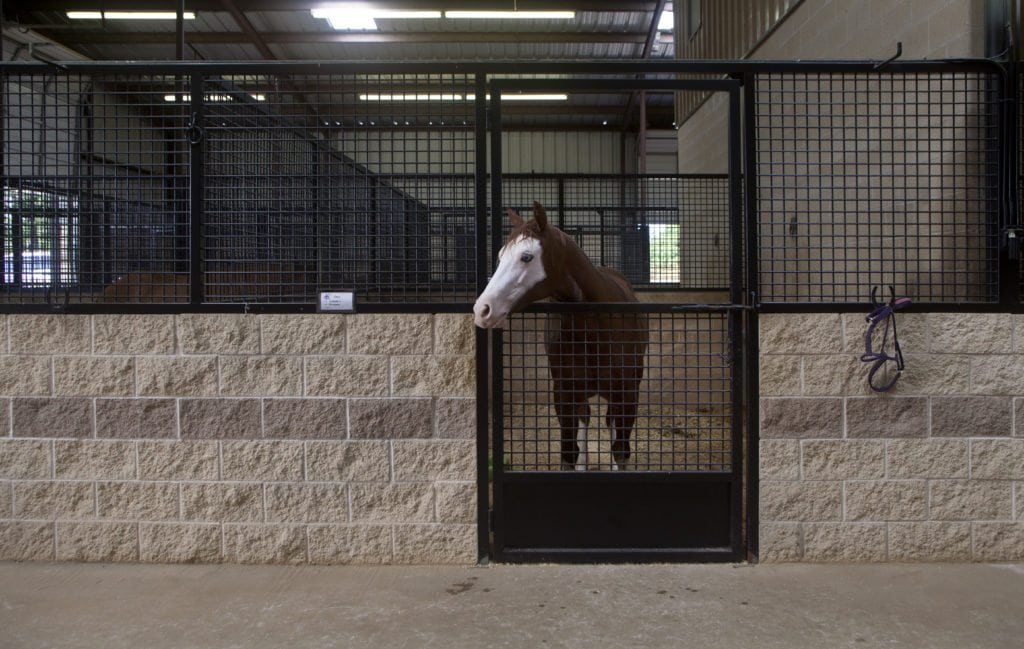
Location! Location! Location! Many of the largest equine breed shows and specialized events, not to mention race tracks, are located in Fort Worth, Oklahoma City, Tulsa and surrounding areas. All of these cities are a reasonable driving distance from North Texas and on any given weekend you will find breed shows, reining, cutting, halter, working hunter, barrel racing, roping, cowhorse, mounted shooting, team roping, rodeo, racing and ranch horse versatility events at one or all of these outstanding facilities. The proximity makes it an easy day trip to spectate or compete! In November and December these facilities hold some of the most prestigious events in the Western Equine industry hosting the American Quarter Horse World Show, American Paint Horse World Show, Appaloosa World Shows, National Reining Horse Futurity, National Cutting Horse Futurity and the National Barrel Horse Futurity. That is two full months of outstanding competition from the best in the industry.
During the fall, in these major events, you will find that the international presence is overwhelming. Nationals from Japan, Brazil, Australia, all of Europe and more will travel to the Dallas-Fort Worth area to spectate and also make purchases, both from the equine and retail side of the industry.
The Dallas/Fort Worth International Airport is within seventy miles and an easy drive for those flying in or out of North Texas. Equine buyers, both international and domestic, will fly to Texas to look for their next great prospect or show horse. The horse population in North Texas is unsurpassed. A serious buyer can leave the DFW Airport and drive in a one-hundred-mile radius and access Weatherford, Gainesville, Whitesboro, Tioga, Pilot Point, Aubrey, Denton—and all points in between—to view all the horses that they want in a day!
https://www.youtube.com/watch?v=EVuIClHcXbU&feature=youtu.be
The breeding business is one entity of the equine industry that keeps traffic flowing. Each breed and discipline are well represented by world-class stallions and producing mares. The pedigrees and records from the breeding progeny are exceptional. Outstanding breeding derives prospects that are of the highest quality for sale and creates even more traffic. Equine breeding and training entities go hand-in-hand as many of the popular stallions and mares are still being shown successfully. With the modern-day technology of embryo transfer, mares can continue to be successfully shown and have recipient mares carry their embryos, which is a very big business in the area.
Horse trainers in Texas are considered to be some of the best in the world. Enter any given barn and find numerous trophies and buckles on display for World Champions, Futurity Champions, Derby Champions, National Finals Rodeo Champions, and the list goes on. The combination of horse trainers and North Texas’ amenities draw owners along with Non Pro, Youth and Amateur competitors, from afar to be a part of the equine community.
The reasons for wanting to be—and the types of people who want to be—part of this area are endless. Horse trainers who move to the area from other states will also have a following from their customers who will also make the move and buy property. Many horse owners are retirees who still have horses to compete or breed with. People who work from home will relocate to get closer to a trainer or the community. Many will purchase a second home for a place to stay when they come to ride with their trainers.
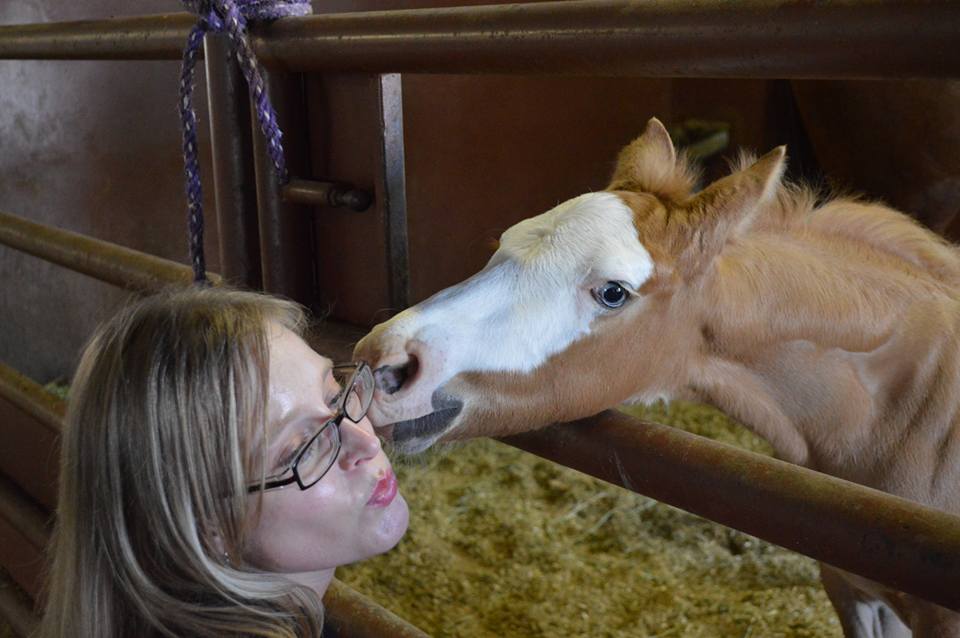
The equine industry is paramount to economic development in so many ways that have been unrecognized by society. Along with successful equine industry you have the supporting services that makes the industry successful, including but not limited to farriers, veterinarians, feed companies, tack stores, clothing stores, truck and trailer sales, and of course Realtors!
Another reason that people covet the North Texas area is the sense of community and fellowship. There is nothing like being able to share your love of horses and the sport with your neighbors and friends who appreciate and understand the industry. Many times your neighbor may have an interest in a different equine discipline since the equine industry is so vast. However, it’s the camaraderie that makes it fun to “cheer” for your neighbor. Horsemen stick together through thick and thin, win or lose. It’s knowing that if you need help your neighbor is there to help and they know horses. It’s the cowboy way of life!
I moved to Whitesboro, Texas nineteen years ago as a professional in the equine industry. I worked at a ranch as a trainer, breeding manager and ranch manager. I love the equine industry and I am still active as a professional judge for the American Quarter Horse Association, American Paint Horse Association, National Reining Horse Association and the National Snaffle Bit Association, along with being a Professional Horseman with AQHA.
I have been a REALTOR®, with Ebby Halliday REALTORS®, for the past nine years and work primarily Farm and Ranch sales. I have my own horses that I raise and show and enjoy them immensely. I will always be a part of the Equine industry that I love as a horseman and a REALTOR®. They go hand-in-hand for me today. Peers from the equine industry respect me for my knowledge in real estate. My experience has helped me become an expert in farm and ranch real estate as I understand the function of land and structures that horsemen are looking for. My true passion is ranch real estate with a hint of equine.
As my brother-in-law, who is a native Texan, says, “She wasn’t born here but she got here as fast as she could!”
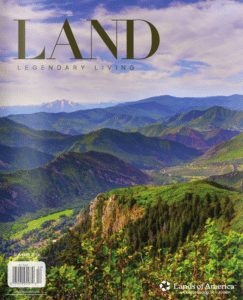 This article first appeared in the summer 2016 issue of LAND magazine. Visit www.landmagazines.com to read more and subscribe to future issues of both LAND magazine
This article first appeared in the summer 2016 issue of LAND magazine. Visit www.landmagazines.com to read more and subscribe to future issues of both LAND magazine
